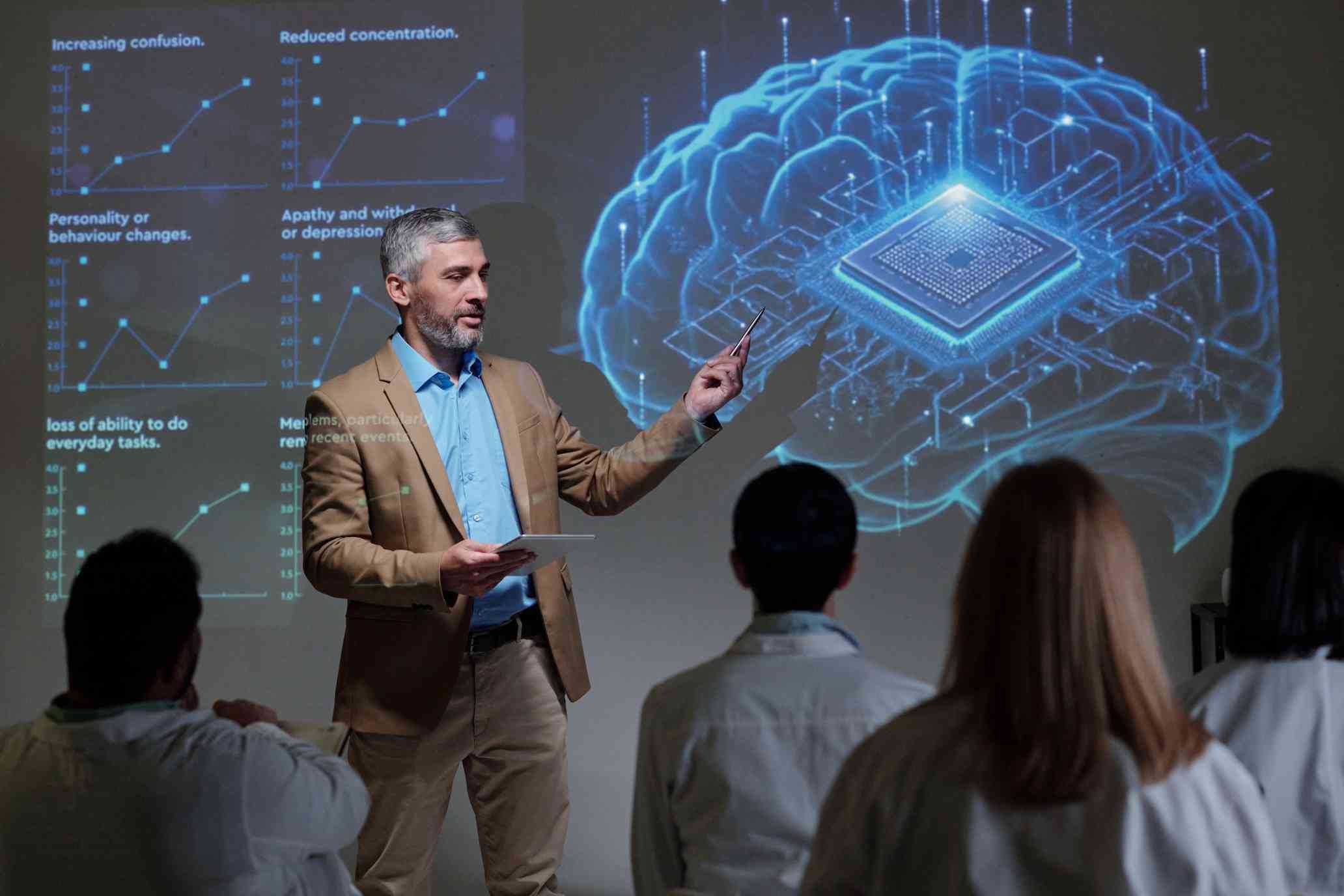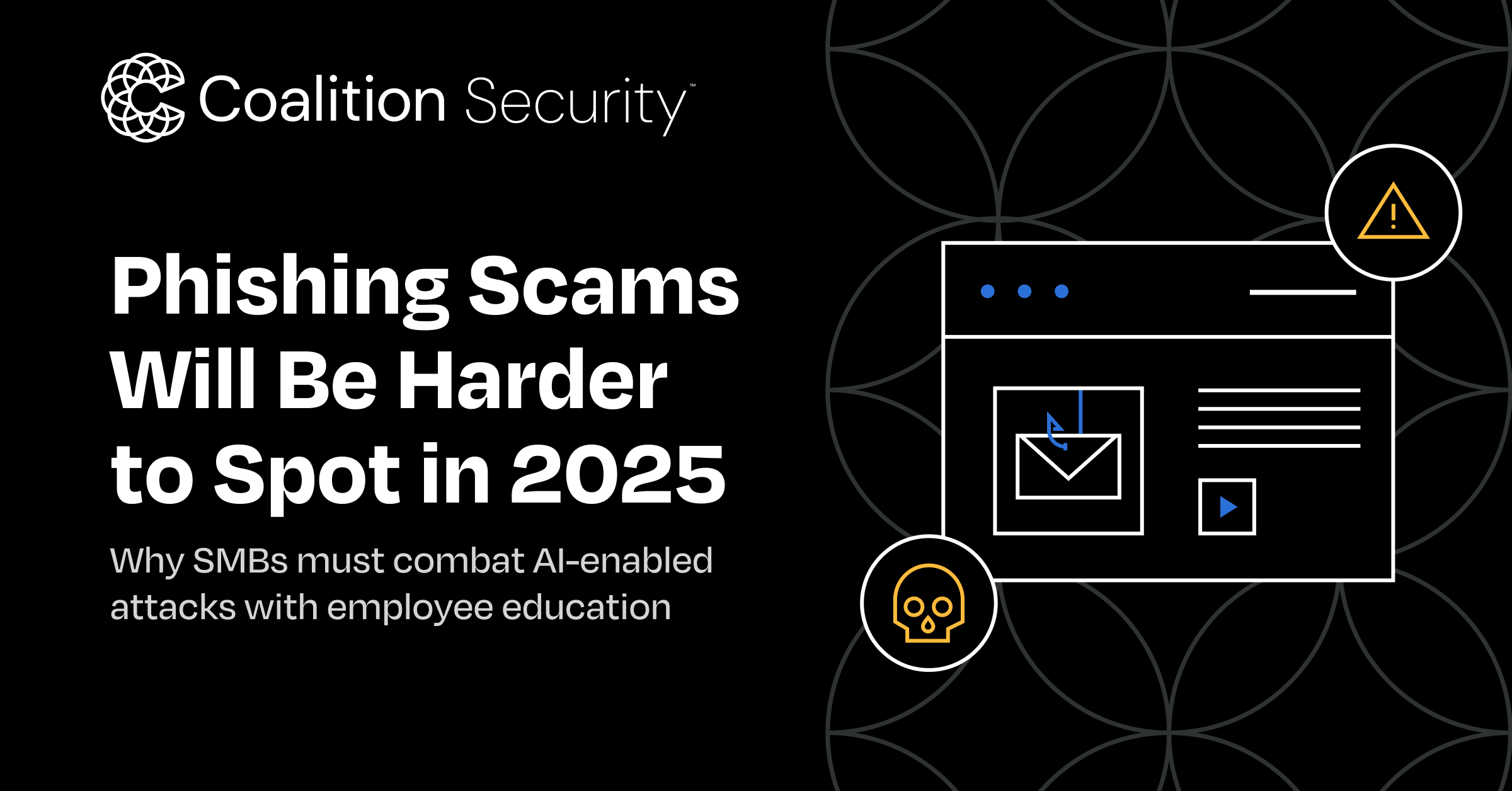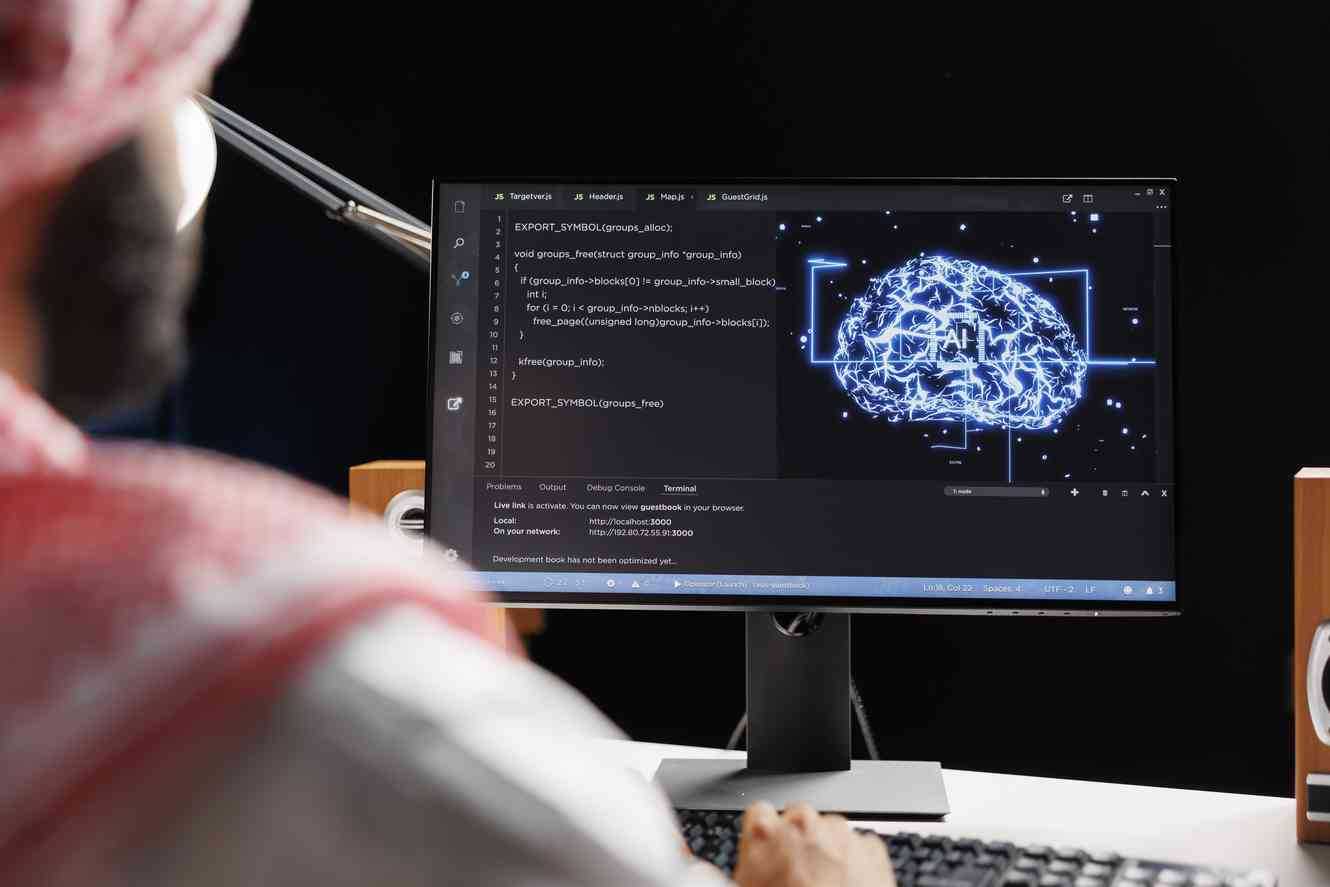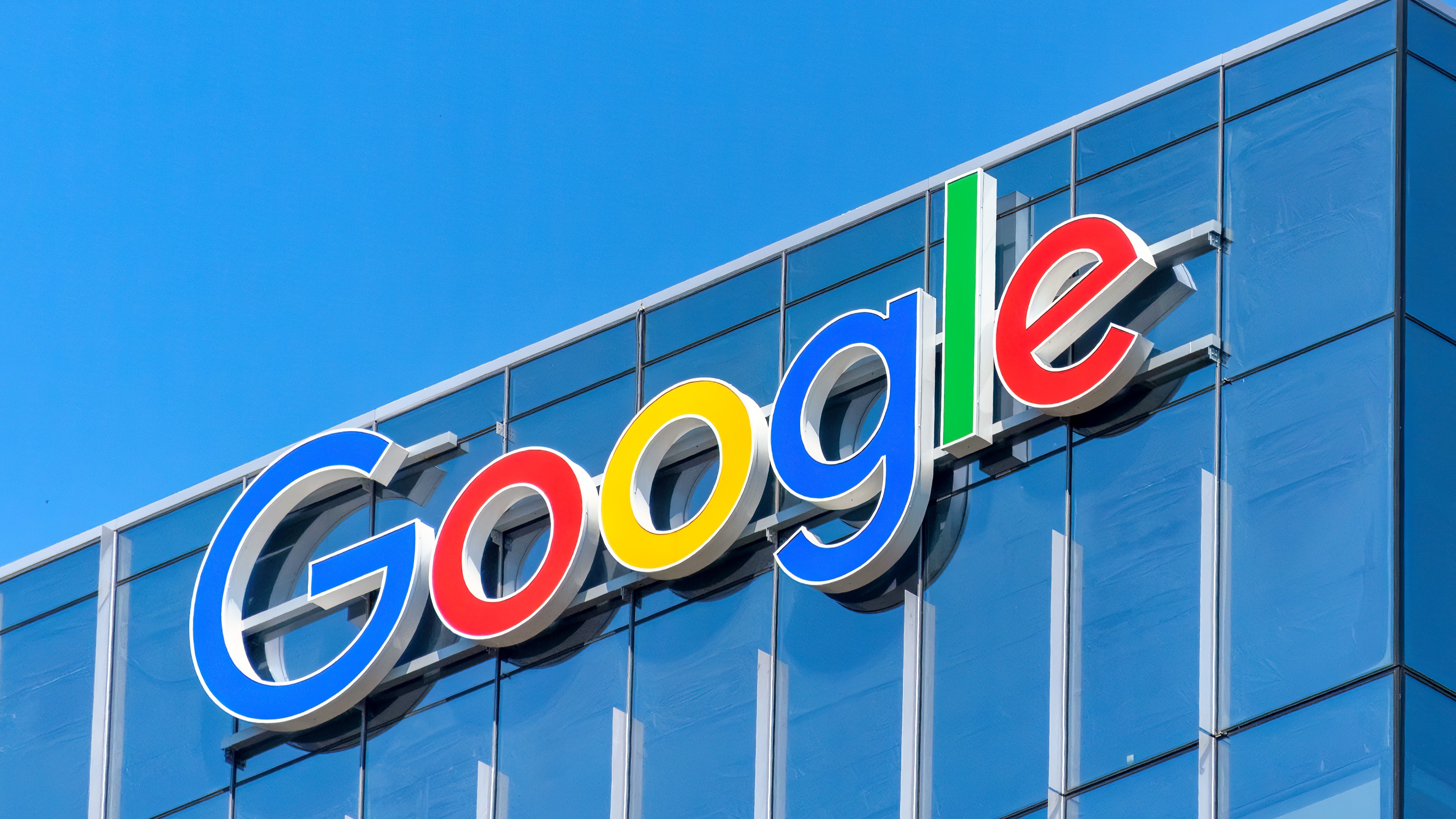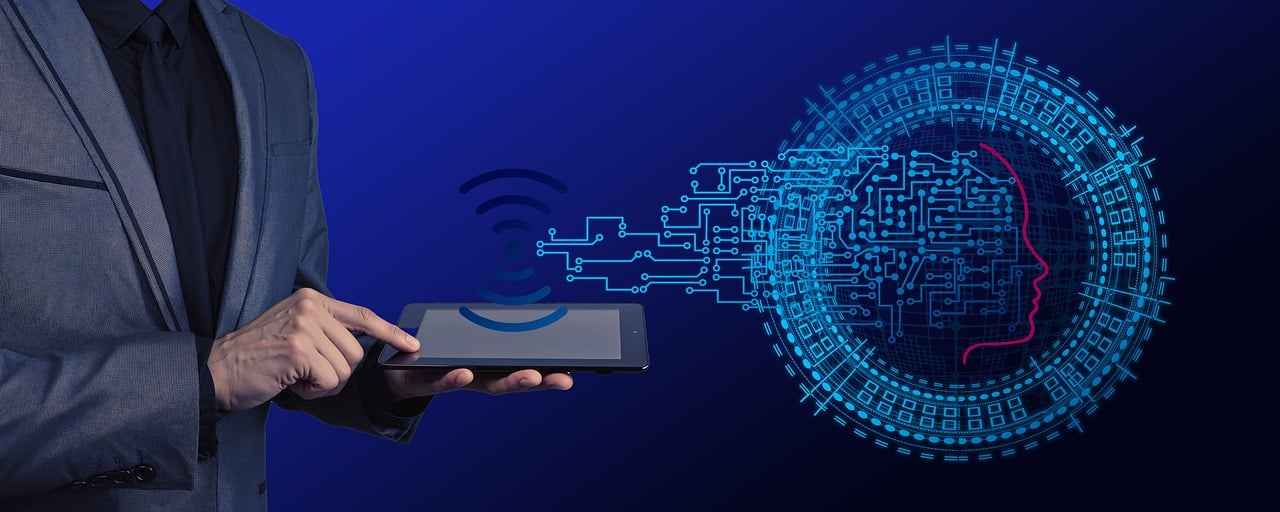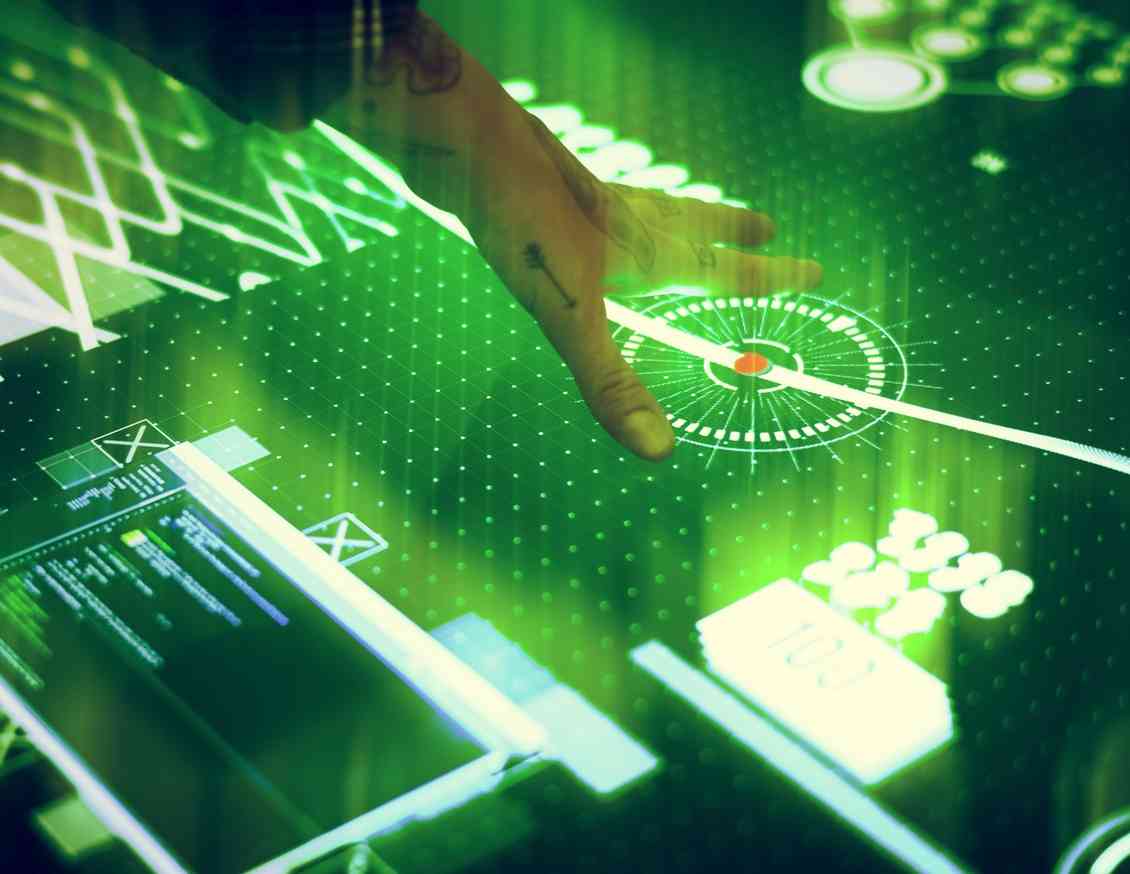DeepFake Detectors: Quickly and Easily Identify Manipulated Images or Videos with These Tools
Deepfakes aren’t just digital curiosities anymore—they pose real threats, from spreading misinformation to enabling fraud and identity theft. As AI technology advances, so does the sophistication of these fake videos and images, making detection more crucial than ever. Thankfully, specialized AI tools now help us differentiate between authentic media and manipulated content, protecting individuals and organizations alike. Whether you’re concerned about safeguarding personal data, maintaining trust online, or just staying one step ahead of AI-generated manipulation, effective detection tools are essential.
/tab
What Are DeepFakes?
Deepfakes are artificial media created through advanced technology, blending reality with fake elements in ways that are nearly impossible to detect with the naked eye. At their core, they use artificial intelligence (AI), including methods like generative adversarial networks (GANs), to fabricate images, videos, and audio that appear real. This makes them both a fascinating example of what ai umjetna inteligencija can do and a source of concern due to their misuse.
Understanding How DeepFakes Work
The foundation of deepfakes lies in AI, particularly GANs. Think of a GAN as a creative tug-of-war between two AI systems: one generates fake content while the other tries to detect it. Over time, the content becomes increasingly realistic as the generator learns from its mistakes.
- GANs train on massive datasets containing images, videos, or audio clips of real people. These datasets provide the material needed to create convincing fakes.
- Complex algorithms analyze facial features, voice tones, and other subtle details to mimic the subject convincingly.
- The result? A hyper-realistic simulation of someone’s appearance or voice that can deceive viewers if not properly analyzed.
If you’re looking to dive deeper into the technical side, this Wikipedia page on deepfakes provides a comprehensive overview.
Risks and Challenges Posed by DeepFakes
While the technology behind deepfakes is impressive, its implications for society are troubling. These synthetic creations pose risks in several areas, ranging from personal privacy to global security.
- Misinformation and Propaganda: Deepfakes make it easier to spread false information. Imagine a fake video of a political leader making controversial statements—it could easily lead to public unrest or geopolitical tensions. The Guardian discusses how spotting these fakes is becoming increasingly challenging.
- Fraud and Identity Theft: Criminals can use deepfakes to impersonate individuals in videos or calls, tricking victims into sharing sensitive information or transferring money.
- Eroding Trust in Media: The line between what’s real and fake blurs with deepfakes. This erosion of trust can make people skeptical of any digital media, including legitimate news or reports.
- Legal and Ethical Dilemmas: Using someone’s likeness without consent for malicious purposes raises questions about digital rights and privacy. These debates will only intensify as the technology evolves.
Society must address these challenges by developing tools to detect and counteract deepfakes effectively. For starters, tools that leverage ai umjetna inteligencija are proving to be crucial in identifying manipulated content. The importance of expert guidance is highlighted in resources like MIT Sloan’s article on deepfakes, where emerging counter-technologies are explored.
By staying proactive in understanding and combating the misuse of deepfakes, individuals and organizations can mitigate the risks associated with this powerful technology.
Popular Tools to Detect DeepFakes
In the battle against deepfakes, having access to the right detection tools is essential. These tools provide critical support, whether you’re a content creator, journalist, or cybersecurity expert. Below, I’ll discuss several popular options that have been making waves for their ability to identify manipulated media effectively.
Deepware Scanner
Deepware Scanner is a user-friendly application designed to scan videos and images for deepfake content. By leveraging AI umjetna inteligencija, it uses advanced algorithms to detect manipulated facial attributes and audio inconsistencies. Some of its standout features include:
- Quick Detection: Offers rapid analysis, making it ideal for journalists or analysts on tight deadlines.
- Cloud-Based Convenience: No need to download extensive software; it processes content using cloud services.
- Cross-Platform Support: Available for both desktop and mobile devices.
This tool emphasizes accessibility and accuracy, allowing everyday users to validate the authenticity of suspicious media files. To learn more about tools like this, check out The Top 8 Deepfake Detection Solutions.
FakeAVCeleb
FakeAVCeleb is tailored for a very specific niche: monitoring and detecting deepfakes in celebrity-centric or high-profile public figure content. Its specialized focus makes it the go-to option for media houses, PR agencies, and watchdog organizations. Here’s why it stands out:
- Celebrity Dataset: It uses a vast dataset of celebrity images and videos to identify discrepancies.
- Customization: Companies can adapt it to track specific public figures that matter to their operations.
- Focus on Ethics: This tool ensures that even altered media in entertainment and news is appropriately flagged.
For anyone tackling the spread of false celebrity narratives or public misinformation, this robust tool can be a lifesaver.
FaceForensics
FaceForensics is a research-driven tool widely used among academics and law enforcement for detecting alterations in video content. Notable for its detailed approach, it can pinpoint even subtle modifications in facial movements, lighting, and background. Key capabilities include:
- Sophisticated Facial Analysis: It examines fine details like blink patterns and microexpressions to spot irregularities.
- Real-World Use Cases: The tool is often employed in legal investigations, ensuring manipulated media doesn’t hold up in court.
- Multi-Format Compatibility: Works with various formats, making it accessible for multimedia professionals.
Check out this resource on combating digital deception for more insights into tools like FaceForensics.
Sensity AI
Sensity AI is a heavyweight in the world of deepfake detection. Known for its all-in-one approach, it provides both detection capabilities and real-time monitoring, making it indispensable for larger organizations. What sets it apart?
- Real-Time Insight: Sensity AI doesn’t just detect manipulated content—it also offers real-time updates about threats.
- Comprehensive Detection: From audio to image manipulation, it covers every aspect of synthetic media.
- Scalability: Ideal for media platforms, enterprises, and governments that need to process large amounts of data.
For advanced solutions like this, take a deeper dive on Sensity AI.
Understanding and utilizing these deepfake detection tools can help individuals and organizations tackle the growing challenges posed by AI-generated content. By incorporating tools like Deepware Scanner, FakeAVCeleb, FaceForensics, and Sensity AI into your workflow, you can stay one step ahead of unauthorized media manipulation.
How AI Is Revolutionizing DeepFake Detection
As deepfake technology becomes more prevalent, the race to counter it has introduced groundbreaking advancements driven by AI. Detection methods are now more sophisticated than ever, helping to uncover manipulated media with unparalleled accuracy. Let’s explore two major innovations shaping this field: biometric analysis techniques and multi-modal detection.
Biometric Analysis and Emerging Techniques
Detecting deepfakes isn’t just about spotting visual glitches anymore. Advances in biometric analysis are pushing boundaries by focusing on the very building blocks of human physiology. By observing characteristics like subtle blood flow changes or mismatched lip movements, AI-driven systems can identify inconsistencies that are invisible to the human eye.
- Blood Flow Analysis: Real human faces exhibit micro-changes in skin color due to blood circulation. AI algorithms now track these fluctuations, distinguishing between real footage and deepfakes.
- Phoneme-Viseme Mismatch: Phonemes (spoken sounds) and visemes (lip movements) usually align when someone is speaking. Manipulated videos often fail to synchronize these elements perfectly, giving AI systems another way to uncover fakes.
These advanced biometric indicators are crucial in addressing deepfake threats, especially in sensitive areas like cybersecurity and public trust. As noted in recent studies, the intersection of ai umjetna inteligencija and biometric techniques is redefining what’s possible in digital media authentication (source).
Multi-Modal Detection
One of the most exciting breakthroughs in deepfake detection is the emergence of multi-modal approaches that analyze multiple data points simultaneously. By integrating video, audio, and text analysis, these systems provide a holistic assessment of media authenticity.
- Video Analysis: AI tools can identify visual artifacts or unnatural transitions, whether in facial expressions, background details, or lighting inconsistencies.
- Audio Analysis: Voice cloning can be eerily convincing, but AI systems are trained to detect unnatural pitch shifts or speech patterns that betray synthetic creation.
- Text Context: For media containing captions or embedded text, inconsistencies between the visuals and the text can point to signs of manipulation.
The combination of these modalities offers unmatched precision in authentication. For example, systems capable of processing real-time content can flag potential fakes before they spread across social platforms. Learn more about how these layered methods contribute to future security standards through resources like The Duality of AI and DeepFake Detection.
As AI continues to evolve, the capability of detection tools grows exponentially, bringing much-needed transparency to an increasingly opaque digital world. By leveraging advancements in biometric analysis and multi-modal detection, individuals and organizations alike can strengthen their stance against deepfake threats.
Tips for Staying Ahead of DeepFakes
As deepfake technology grows more sophisticated, individuals and organizations need a proactive approach to protect themselves from its potential harm. With real threats ranging from misinformation to financial fraud, it’s vital to stay informed and equipped with the right tools and knowledge. Here’s how you can do just that.
Utilizing Free and Paid Detection Tools
When it comes to detecting deepfakes, both free and paid tools have roles to play. Each option brings its strengths, depending on your specific needs and level of expertise.
Free Tools
Free tools are accessible and great for quick, everyday analyses. These can include browser-based applications or mobile-friendly platforms. They’re ideal for:
- Casual Fact Checking: If you come across a dubious video on social media, free tools can help you confirm its authenticity.
- Small Organizations or Individuals: For those on a budget, using free resources can be a great starting point.
However, free tools may lack the depth or accuracy of paid solutions, particularly for detecting more sophisticated manipulations.
Paid Tools
On the other hand, premium services often come with cutting-edge algorithms and advanced features. These tools are designed to tackle more complex deepfake scenarios, making them ideal for larger entities like corporations or media platforms. Key benefits include:
- Comprehensive Analysis: They often detect both visual and audio manipulations, offering detailed reports.
- Real-Time Monitoring: Some paid tools can scan large volumes of media continuously for deepfake content.
Choosing between free and paid tools really boils down to your specific goals. If you’re operating at a high stakes level—handling sensitive material or public figures—investing in a paid service can provide peace of mind. To dive deeper into this topic, check out tips for detecting real-time deepfakes for additional insights.
Educating Employees and the Public
Being able to identify deepfakes isn’t just about tools—education plays a critical role in combating this technology. Without proper awareness, even the most advanced detection methods can fall short. So how do you ensure that people are prepared?
1. Awareness Campaigns
Organizations should regularly organize awareness programs to keep employees and the public informed. For instance:
- Share examples of how deepfakes look and sound.
- Highlight the risks these manipulations pose, from fraud to damage to reputations.
Spreading knowledge creates a stronger line of defense against deepfake threats.
2. Employee Training
Businesses, in particular, must train staff to recognize potential deepfakes in internal communications or external media. This could include:
- Spotting Signs: Teach them to identify inconsistencies like mismatched lighting or unnatural speech.
- Verification Protocols: Encourage a second layer of authentication for critical decisions, such as phone calls requesting financial transactions.
3. Public Engagement
On a broader scale, using blogs, social media, or workshops gets the message out to a wider audience. Sharing practical resources and tips, like those offered in How Deepfakes Are Impacting Business Security, educates individuals on how to stay vigilant.
Education fosters a culture of caution and curiosity, which is essential when combating deepfakes. By combining awareness campaigns with hands-on training, organizations and individuals alike can stay ahead of this growing threat.
Conclusion
Deepfakes represent a growing technological challenge with serious implications for trust, security, and privacy. Understanding these threats is the first step toward protecting yourself and your organization. Detection tools like Deepware Scanner and Sensity AI demonstrate how ai umjetna inteligencija can be harnessed to counteract these emerging risks, offering both precision and reliability.
By staying informed and leveraging advanced solutions, individuals and organizations can remain proactive in safeguarding against manipulated content. Explore related tools and insights to enhance your understanding, such as those found on AI Inteligencija – najpopularniji besplatni alati Umjetne Inteligencije. Effective deepfake detection isn’t just about using the right tools—it’s about fostering awareness and resilience in a digital-first world.

